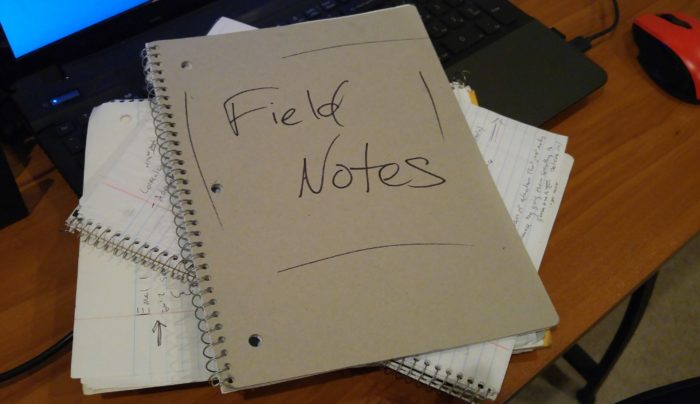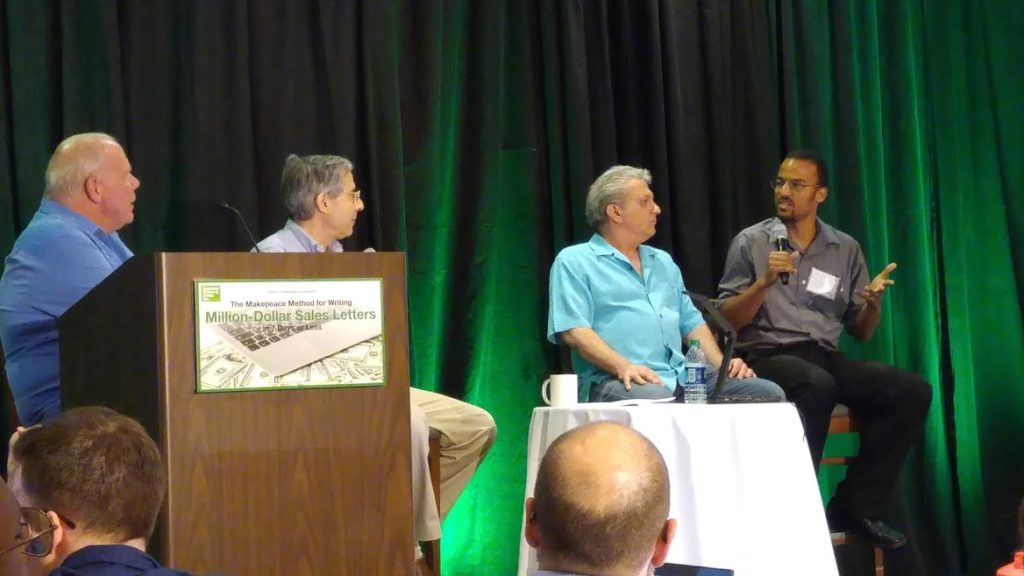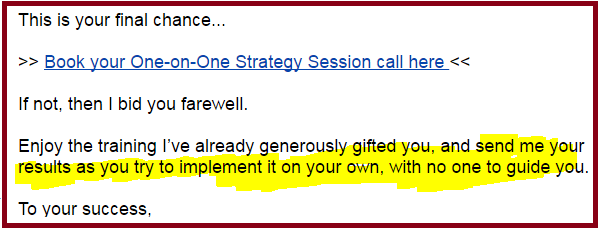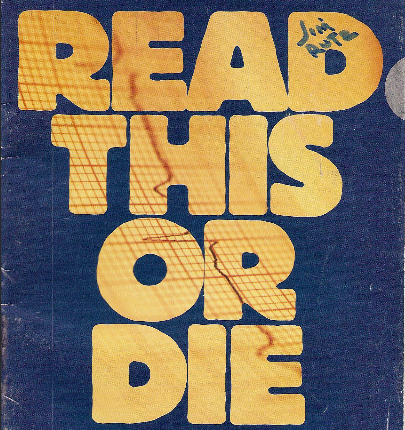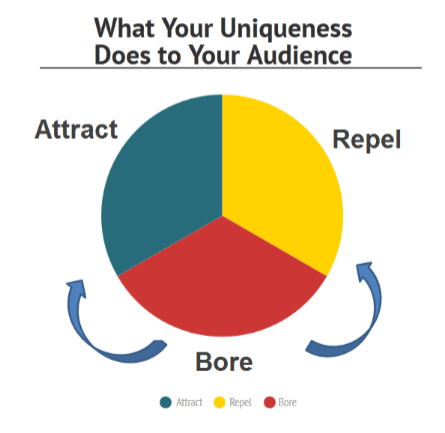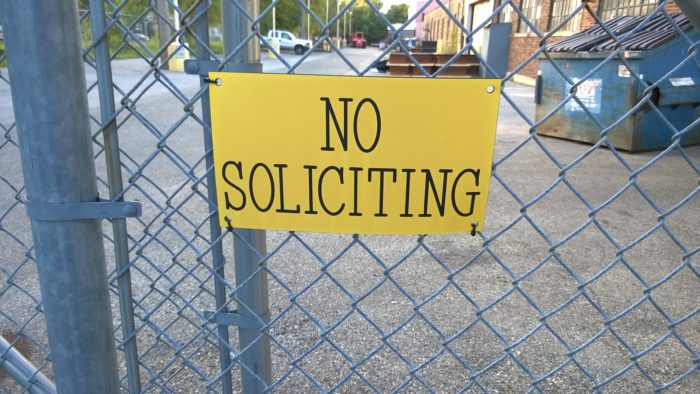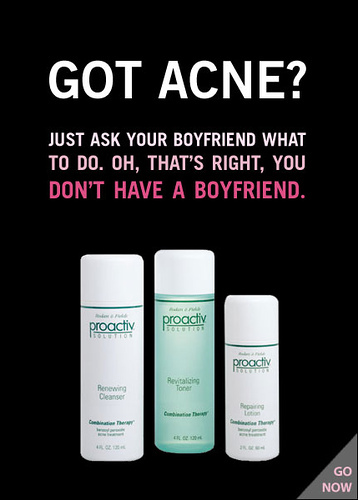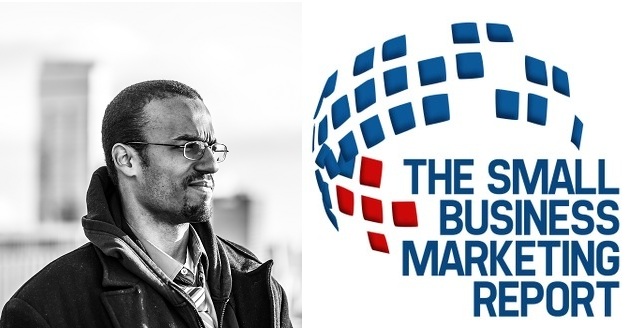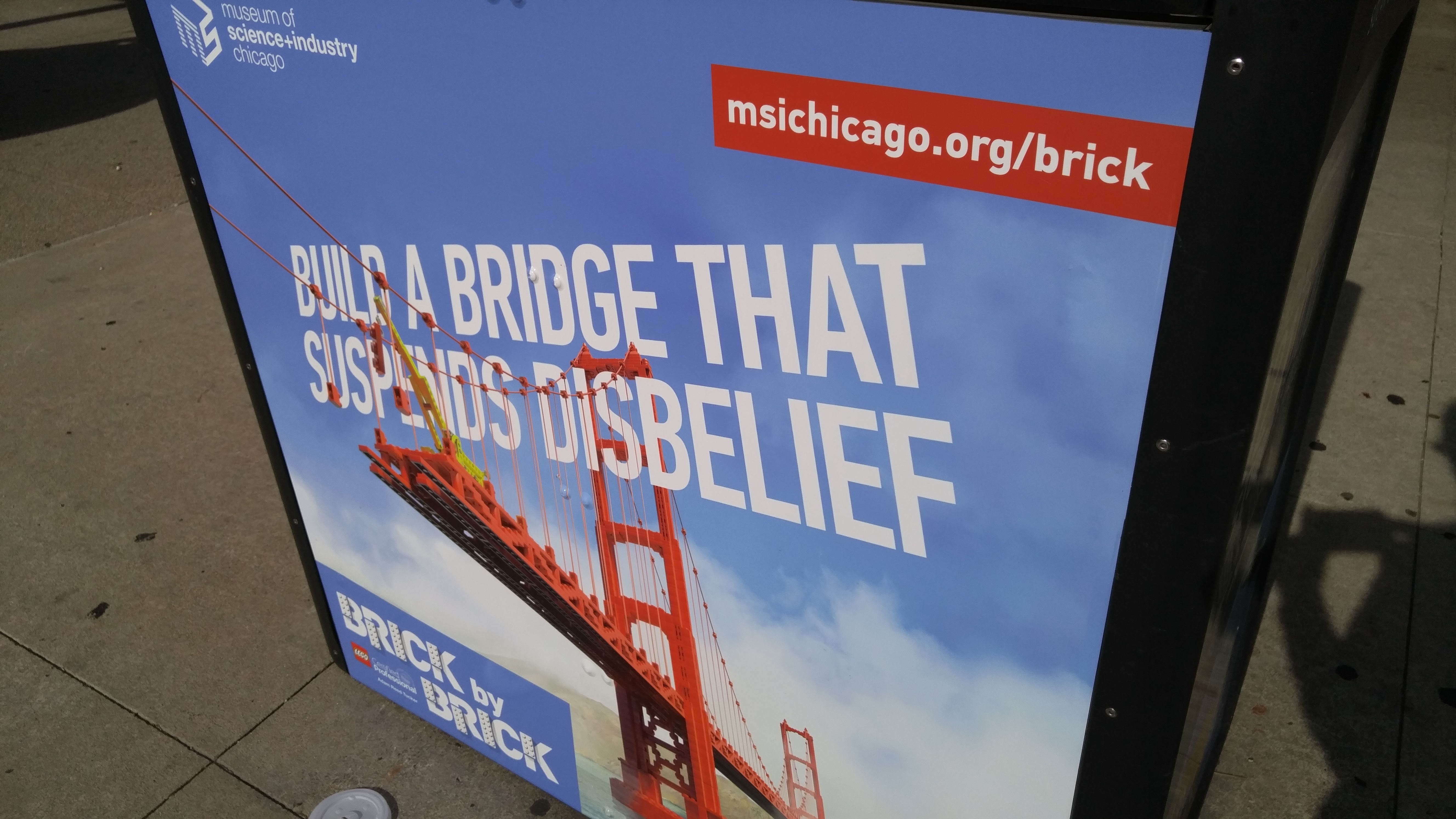Allow me to summarize the Belief-Based USP report, for which this report is the natural counterpart:
Your selling proposition will be most powerful when it 1) aligns with a deeply-held and strongly-felt belief your ideal client holds and 2) offers something that he wants to believe is possible, and believes he can attain – with the right assistance.
The same way that the USP isn’t about being primarily about being unique, a belief-based USP isn’t focused on being believable, although it needs to be credible. Rather, it’s focused on matching existing beliefs and attaching itself to them.
Example: Many people believe Wall Street insiders know secrets the average investor doesn’t. Companies that sell financial newsletters bank on that belief – literally.
“Doomsday Preppers” believe disaster is right around the corner, and they can’t trust the government, their neighbors, etc. But they do trust their preferred source of information. (This is a booming industry, in case you didn’t know.)
Steve Jobs believed alternative treatments were superior to traditional Western medicine for fighting pancreatic tumors.
We believe police officers are hate-filled racist bullies…or everyday heroes.
Belief is human nature. Your beliefs determine your actions, including your buying decisions and “brand loyalty.”
“If you are not reminding your prospective customers of the existent foundation of an accepted fact that supports your proposition, you are missing out on something important.” ~ Chip Kessler
The Flip Side of the Belief Coin
You USP has to both inflame the desire to believe AND the willingness to suspend disbelief as necessary.
Consider this. Whenever you step into a movie theater or turn on Netflix, you engage in a subtle volitional activity: you flick off the unbelief switch in your brain — or at least put it in standby mode. You know you’re watching a movie…you know parts of the plot are totally unrealistic…but for the sake of enjoying the story, you accept what you see as truth.
Sales, marketing and copywriting experts often repeat the idea that people make decisions emotionally, then justify their emotional choices with their rational minds. And that’s true.
Let’s take it one step further.
If your USP generates a strong enough desire, if it hits the right emotional sweet spot, your ideal customer will, of necessity, explain away any disbelief.
I’m told that a surprisingly high number of medical doctors purchase “male enhancement” pills. A good story about a scientific breakthrough or the discovery of ancient herbal formulas mixed with some testimonials overpower 6+ years of higher education.
“The strongest appeal you can make is emotionally. If you can get their emotions going, make them forget their logic, you’ve got them. AT MTV, WE DON’T SHOOT FOR THE 14-YEAR OLDS, WE OWN THEM.” ~ Bob Pittman, “MTV is Rock Around the Clock.” Philadelphia Inquirer, Nov. 3, 1982
Your USP has to strike at the emotional heart of the hearer/reader and create a vision in his mind. For a moment, he has to dissociate from the “real world” and see himself enjoying the benefits he’ll receive after buying from you.
Self-Sabotage
If you’ve ever tried to sell anything, especially belly-to-belly, you’ve seen it happen. Your prospect obviously sees the value in what you’re selling. It’s clearly the solution to his problem. But something is holding him back from saying “yes.”
So you explain your risk-free guarantee. He STILL can’t get past the obstacle.
What’s the problem?
People get in their own way. They often prevent themselves from doing what’s in their own best interests:
- They don’t believe they can really accomplish the long-awaited goal. Maybe their peers, but not them
- They become addicted to their identity as a non-attainer – they like being “starving artist,” failed inventor, or mediocre performer. People sabotage themselves ALL THE TIME. They want to succeed, but not more than they want to keep doing the same things that guarantee they won’t succeed
- They’re scared of what it would mean to succeed (i.e. CHANGE)
- They’re worried about what their spouse or their friends will think about them
- The topic you’re talking about isn’t a priority for them, even though it should be
- Etc…
How do you get people to suspend these limiting (dis)beliefs?
Instead of head-on argument, give them raw material to come to draw their own conclusion in your favor.
“Without a doubt, we are more committed to what we conclude than what we are told. If we come to believe something is false, virtually nothing will convince us it is true. If we come to believe something is true, virtually nothing will convince us it is false.” ~ Blair Warren
1) Be the kind of character people WANT to believe in and trust. This is rarely done by coming up with a catchy catchphrase. It takes demonstration, consistency and clarity of message.
Strong personalities take us on journeys and activate the imagination. Polarizing figures force us to make choices. Authoritative experts engender trust. Enthusiastic people are contagious. Don’t you feel like you know the characters and celebrities personally?
- David Blane
- Beyoncé
- Daymond John
- Stephen Curry
- Warren Buffett
- Oprah Winfrey
- Rick Grimes (from Walking Dead)
2) Stack the value – and don’t leave out the cost of inaction.
Let me use an example from my world. John Carlton touts himself as “the most ripped-off and respected copywriter on the planet.” And he probably is. You wouldn’t take that at face value, but after reading his stuff, listening to him and seeing how many other people esteem him, you’ll come to the conclusion that he’s legit.
If you’re looking for a copywriting mentor, he’s right at the top of the list. If you COULD hire him, the value is clear. If you’re thinking about hiring someone else, it is implied that such a decision will cost you unspeakable sums in lost profit.
Believe me, Carlton’s public persona is no accident.
Think about a simpler proposition: the George Foreman Grill. The value stack is making delicious food quickly and easily with less fat than other cooking methods. The cost of inaction? Rubbery burgers swimming in pools of liquid cow fat on your dinner table.
3) Exude confidence, both personally and in your messaging. Make big enough, bold enough promises to ignite desire. Draw a specific picture in the mind of your should-be customer, one he can see himself participating in.
4) Offer undeniable proof to alleviate fear and justify their desires with logically.
It should go without saying that a proposition MUST be believable if it’s going to work. Proof elements (testimonials, scientific or clinical evidence and demonstrations) help clear away doubt. People don’t buy when they don’t trust.
5) Make it easy to take the first step.
6) Dig in for the long haul. In many cases, the first exposure may not do the trick. The more a person is exposed to an idea, the more likely he is to believe it (look up the illusory truth effect and mere-exposure theory).
To Conclude
In a movie theater, people voluntarily hit the pause button on their disbelief and skepticism.
In business, that is not your customer’s job. It’s your job to make it desirable and easy to suspend their doubts.
Helping your should-be customers get out of their own way and believe your USP is a two-fold duty: inspire desire and earn trust.
Easy for me to say, right? Of course it is. But I also help my clients achieve this goal in their own marketing efforts.
“Belief is today’s most overlooked yet most powerful key to boosting… Harness it and you unleash the core atomic power for exploding response. Because the hunger for belief is so vast in every market, so deep-seated in human nature itself, you can tap into it again and again—infinitely—to make yourself and your clients rich.” ~ Gary Bencivenga


